It’s always fun for me to meet clients before they leave for their Safari. I meet with Fr. Bierschenk in Dallas, TX at Starbucks. He was very calm and had no real questions for me — this was his third Safari to Africa [Kenya and South Africa were his previous Safaris], his first one with Journey To Africa and Tanzania. He was excited to taking time off from his duties and submerge in the quiet Bush Life.
Thank you for letting us show you Tanzania, Fr. Bierschenk!
“Fr. Mocio and I want to thank you for all your work in putting together out wonderful trip to Tanzania. It was our third trip to Africa, and we agreed that Tanzania was by far the best trip. We had a wonderful time.
The Guides: We enjoyed John Bingo very much. He was very personable and showed us so much. He is an excellent guide, and since we spent so much time with him, I appreciated his friendliness and interest in us and his sharing of so much information about the life of the people in Tanzania.
At Kimondo, we were picked up by our guide at the airport. He took us on a drive, and we witnessed a crossing by the Wildebeests, during which one was carried away by a crocodile, and as the animal was bleating, a lion ran out from the brush looking to see what he could get – it was amazing.
The Lodges: Each was unique, well run and enjoyable to stay in. The most fabulous was Kimondo, and we happened to be there on the night the that the owner of Asilia and his family were visiting. We had a wonderful and interesting dinner with them.
We also enjoyed the camp at Rhotia Valley. We had a wonderful view across the valley from our deck. There was one issue there you should ask them about before you book with them again. They use solar power to heat the water for the shower. Our first evening we took a cold shower, and I told them about the trouble. The next day, we had the same problem, and during dinner the manager assured me that when we got back to the tent there would be hot water, but there was no water at all. They did comp our drinks for the inconvenience. [*Journey To Africa note – we talked to the lodge owner and the assured us that this problem has been looked over and fixed ]
We enjoyed the hotel you put us in for the final night in Arusha. It was very relaxing and restful before the long trip back.
From beginning to end Journey to Africa prepared a wonderful experience of Tanzania for us. Everything we needed was taken care of. I will be recommending you without any reservation.
Even though your literature says in many places that it could be cooler there in the evening, I was not really prepared for the temperature, especially in the Rhotia Valley. A wonderful change from Texas in July!
Thanks again for assuring that our trip to Tanzania was so fabulous!”
Fr. Bierschenk.
July 2015
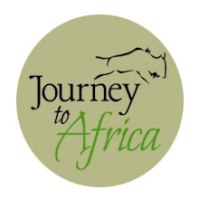
Life worth Exploring. ™
Make memories on your Journey To Africa Safari.
Get in touch //
Email – Safari@JourneyToAfrica.com
Call – 1.888.314.SAFARI
Form – Request Information


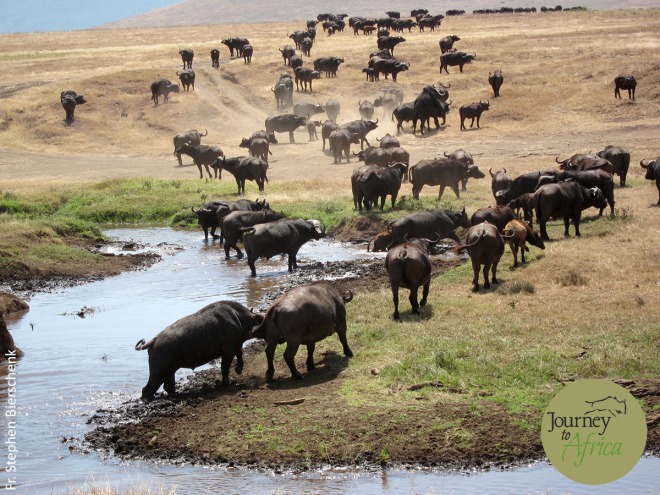
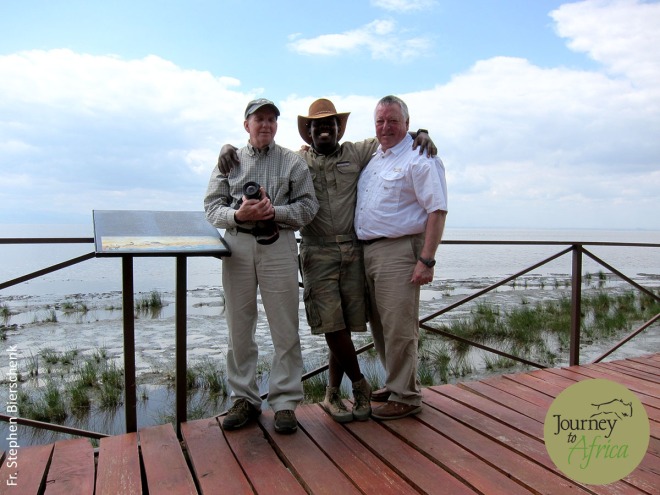
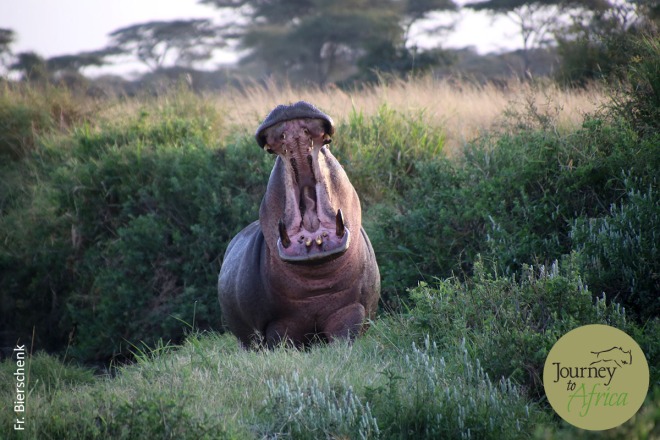
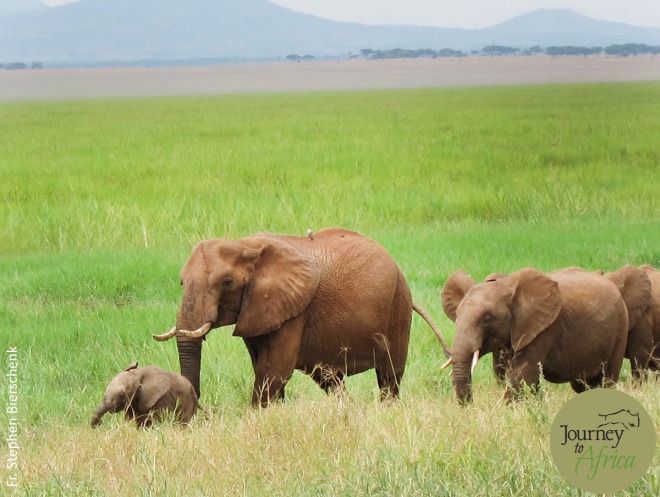
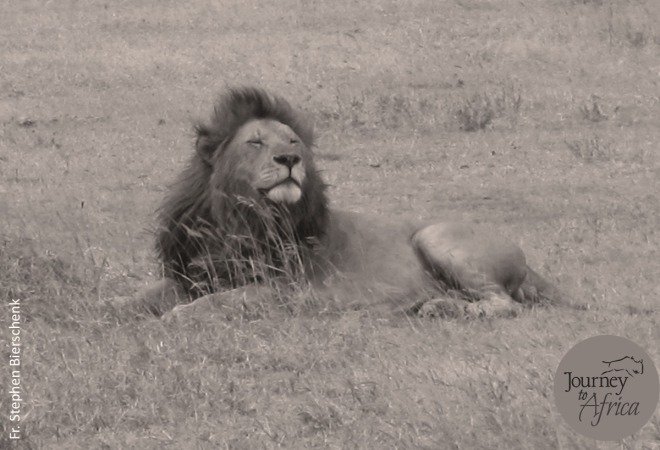

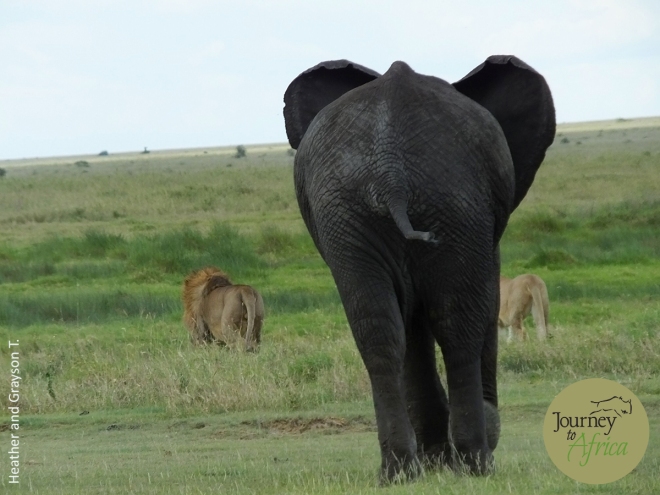

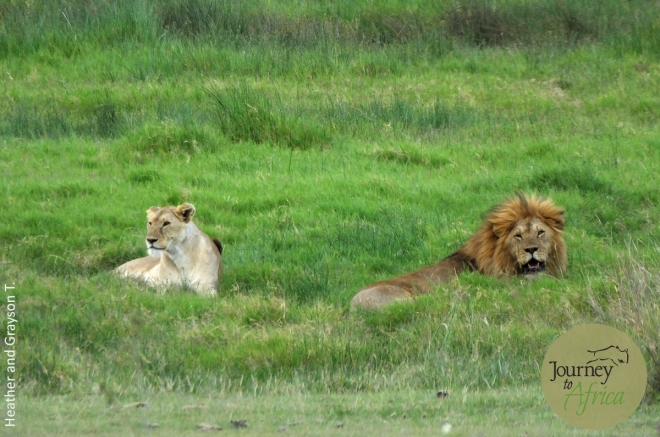


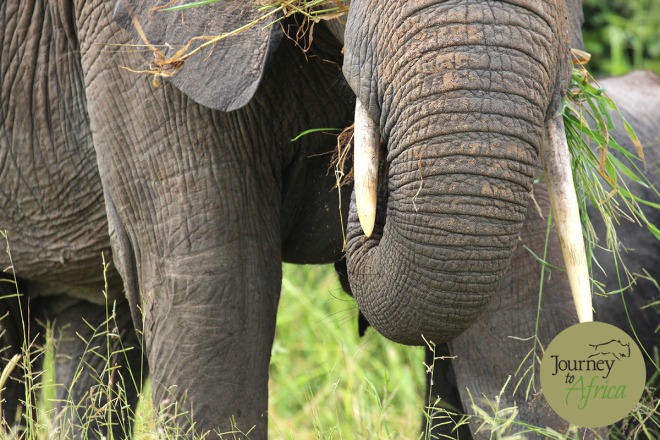
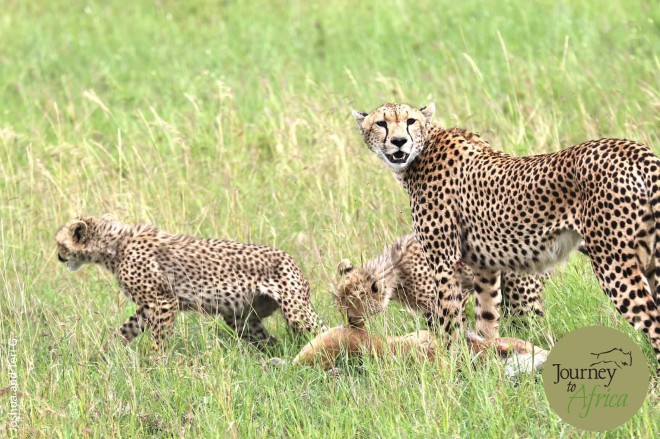

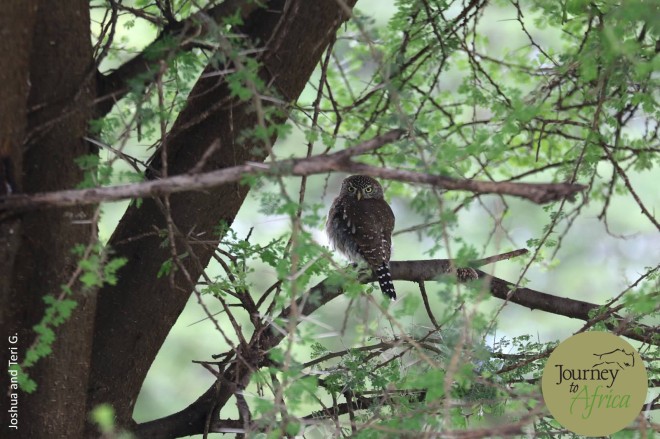




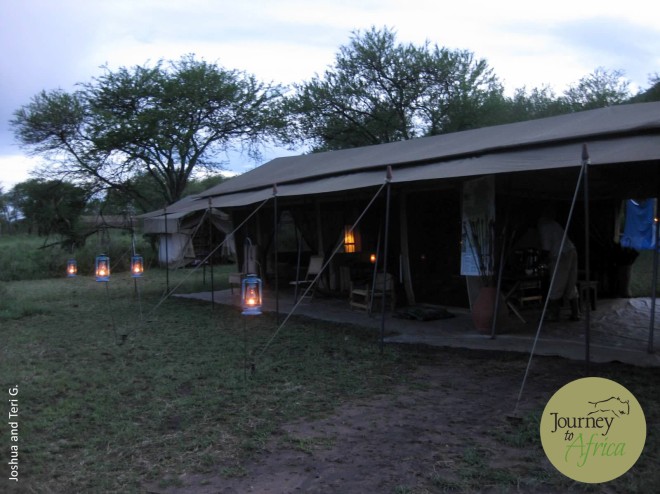
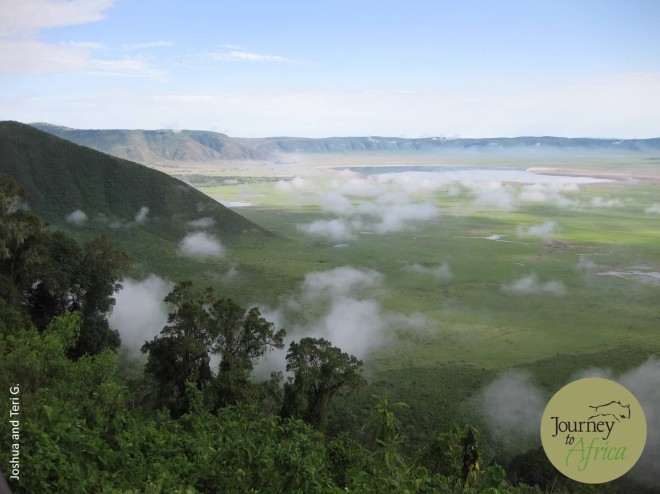
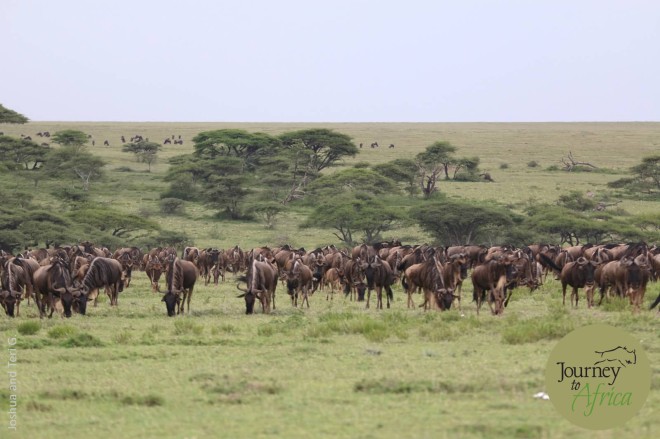
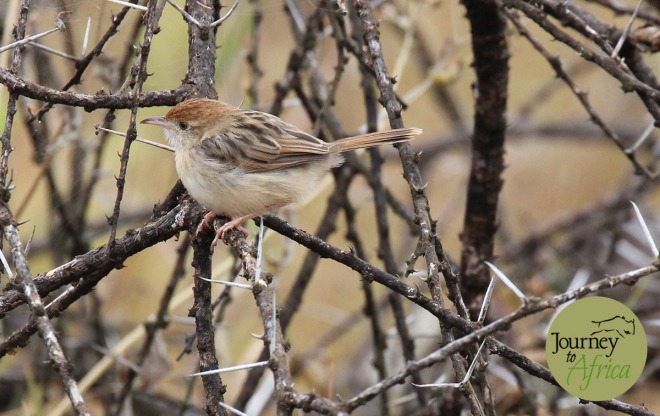

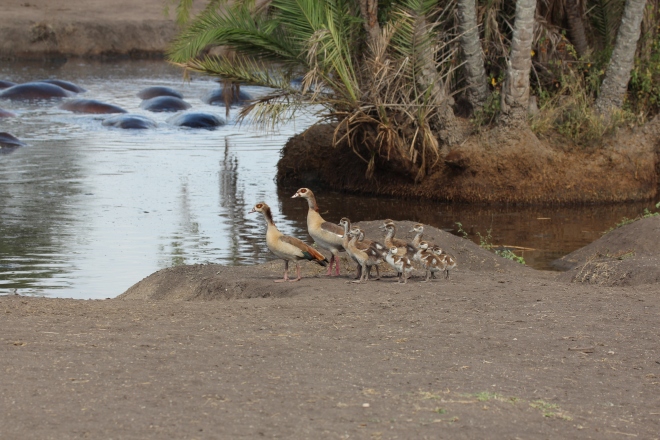
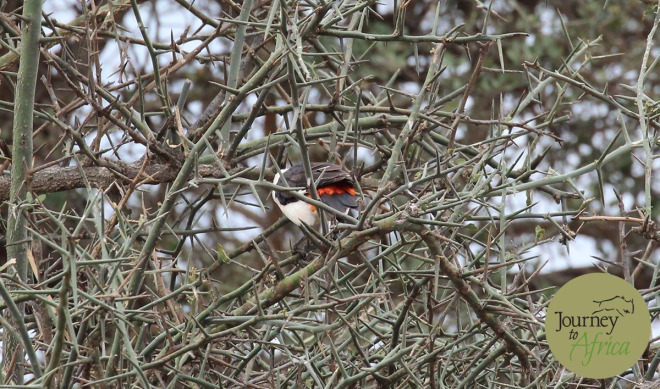

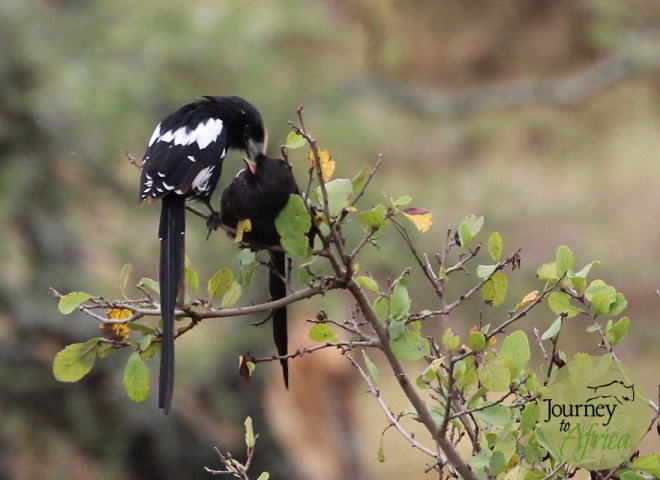
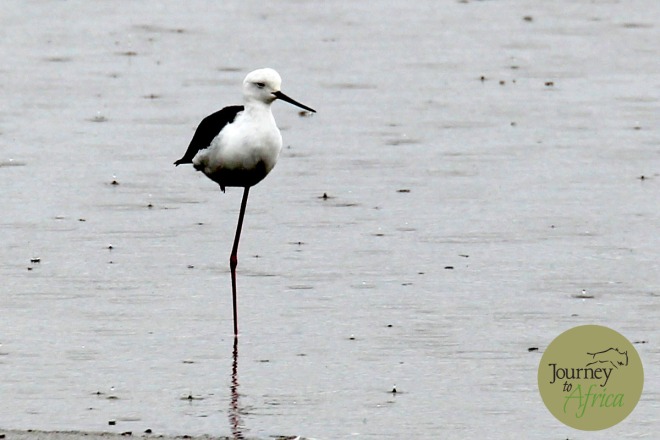
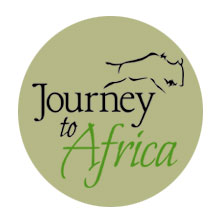

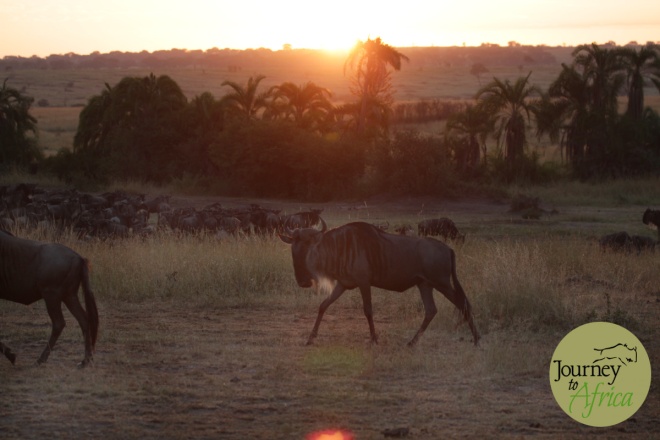
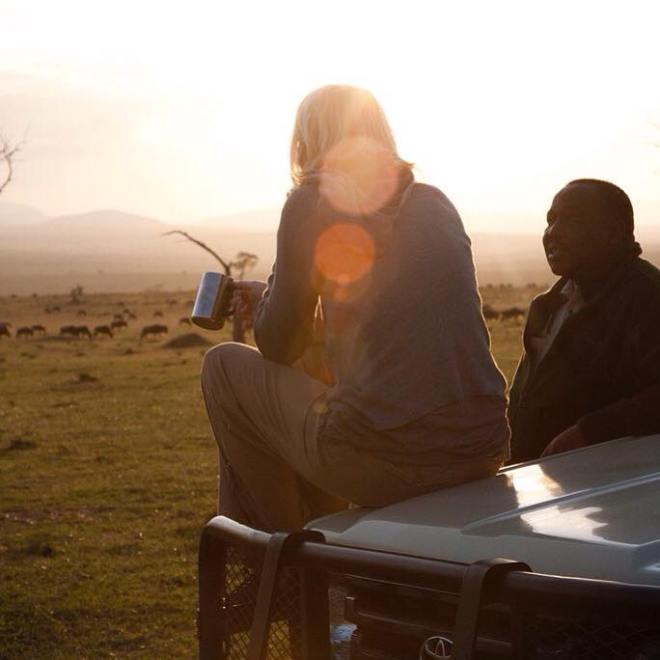


 Next stop, the lounge area where I met up with my client Sally. Sally had been on two previous Safari and she joined my on her third Safari. After the many phone calls and emails we had exchanged, it was great sitting down with her face to face, sipping Tanzanian tea and enjoying freshly baked cookies.
Next stop, the lounge area where I met up with my client Sally. Sally had been on two previous Safari and she joined my on her third Safari. After the many phone calls and emails we had exchanged, it was great sitting down with her face to face, sipping Tanzanian tea and enjoying freshly baked cookies. 
 In comes professional guide Lorenzo Rossi. I was really excited to meet him as I had been following his work. He is one of the training experts in Tanzania as well as a skilled photographer. I also learnt he does not like to wear shoes. Well then. Leverd was learning the ropes of guiding.
In comes professional guide Lorenzo Rossi. I was really excited to meet him as I had been following his work. He is one of the training experts in Tanzania as well as a skilled photographer. I also learnt he does not like to wear shoes. Well then. Leverd was learning the ropes of guiding.


